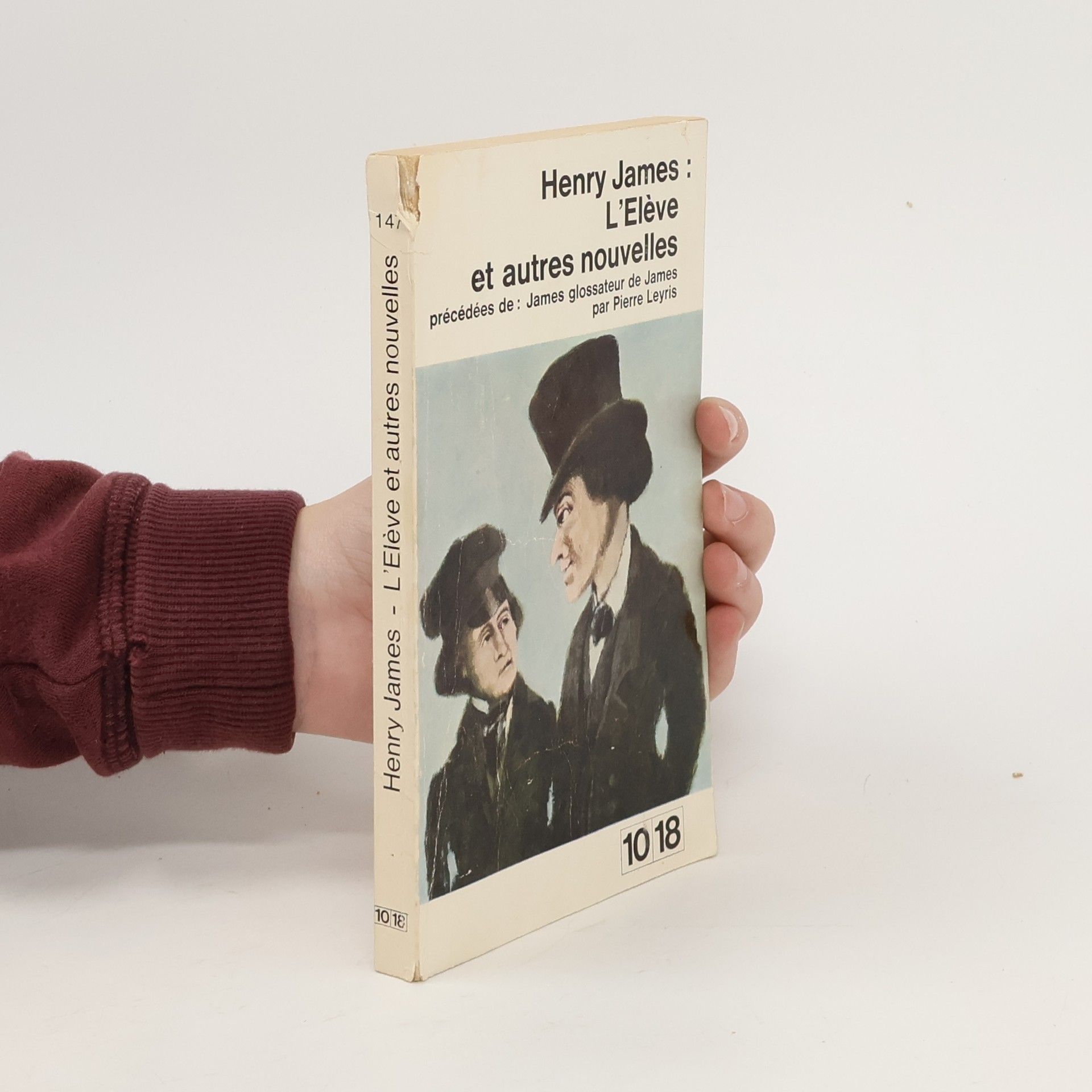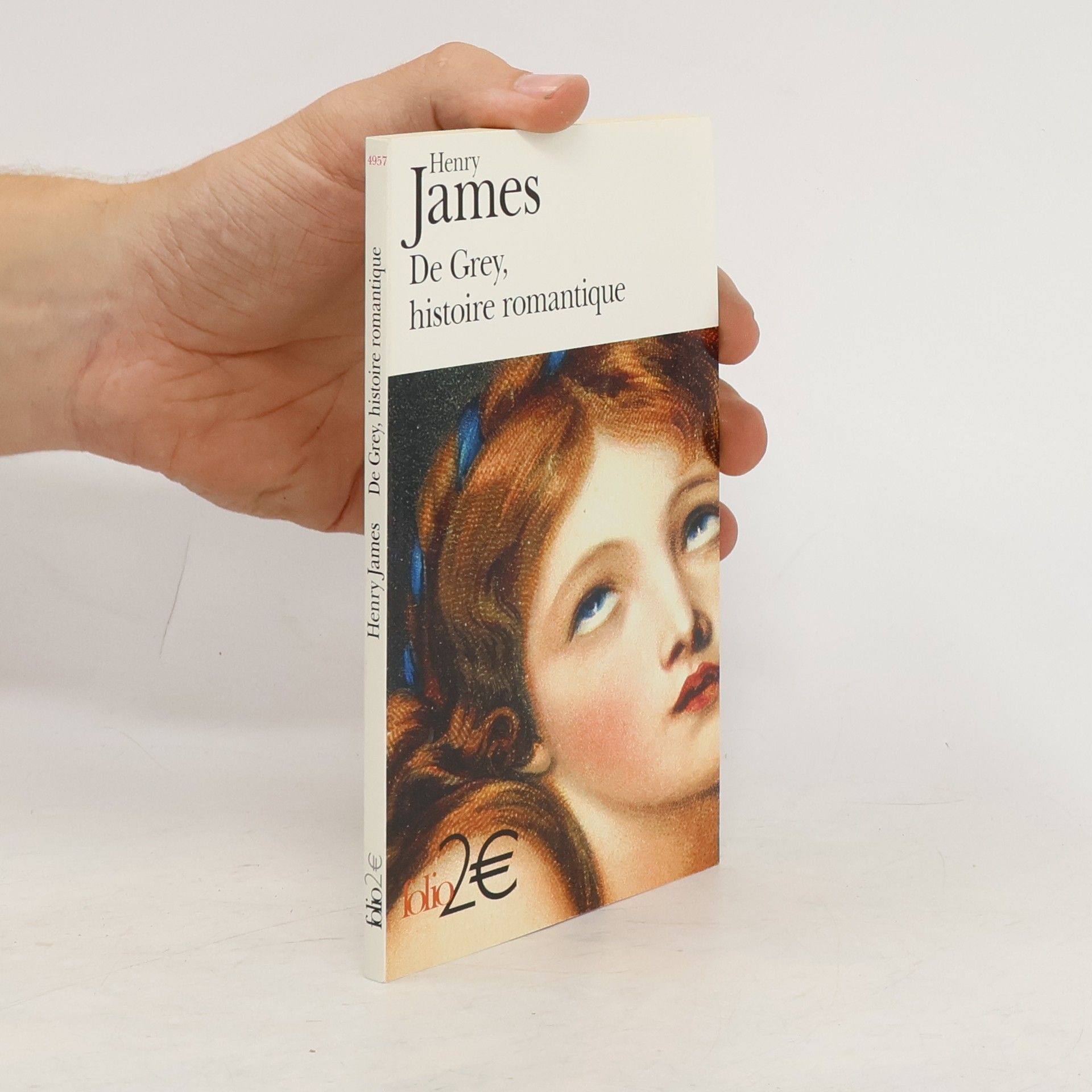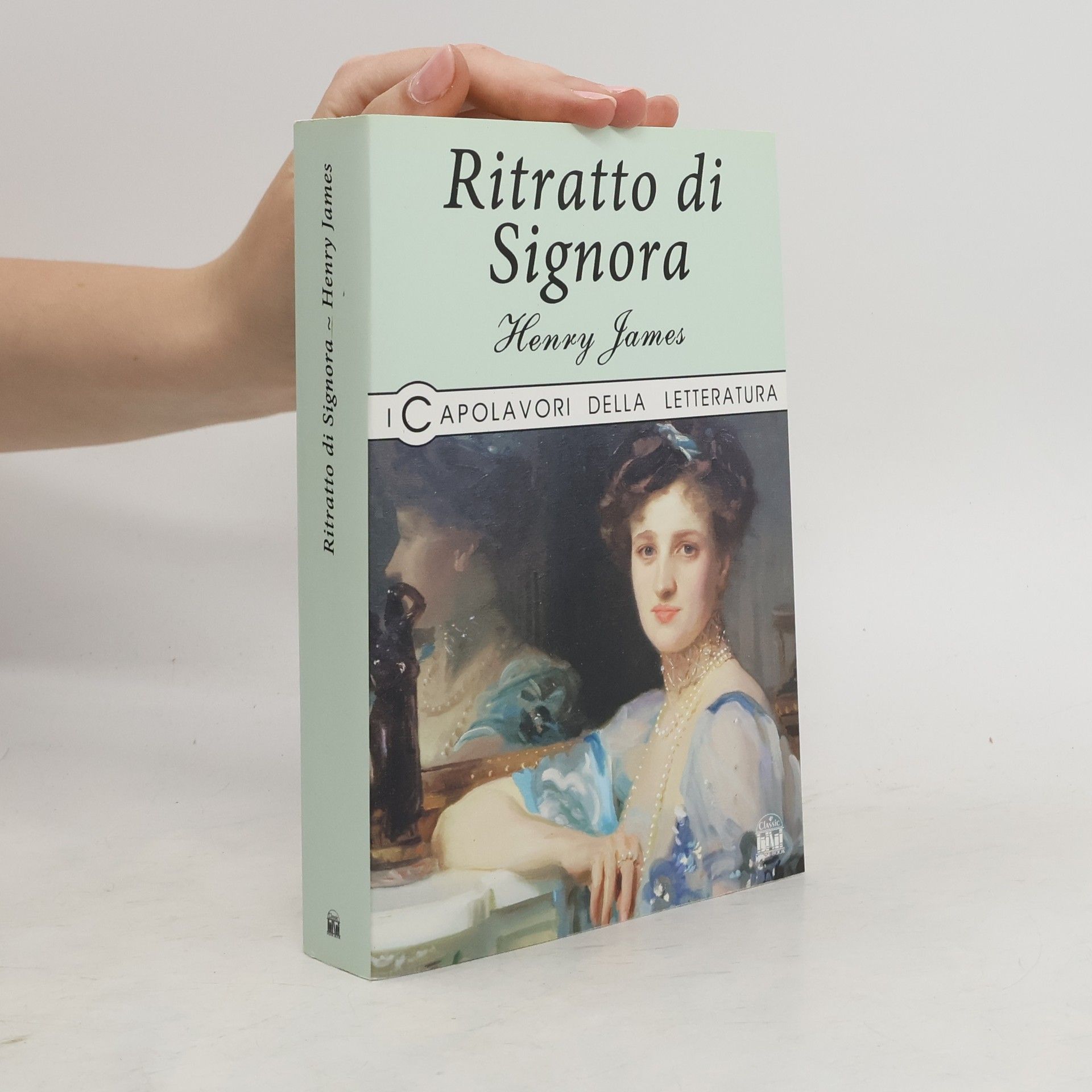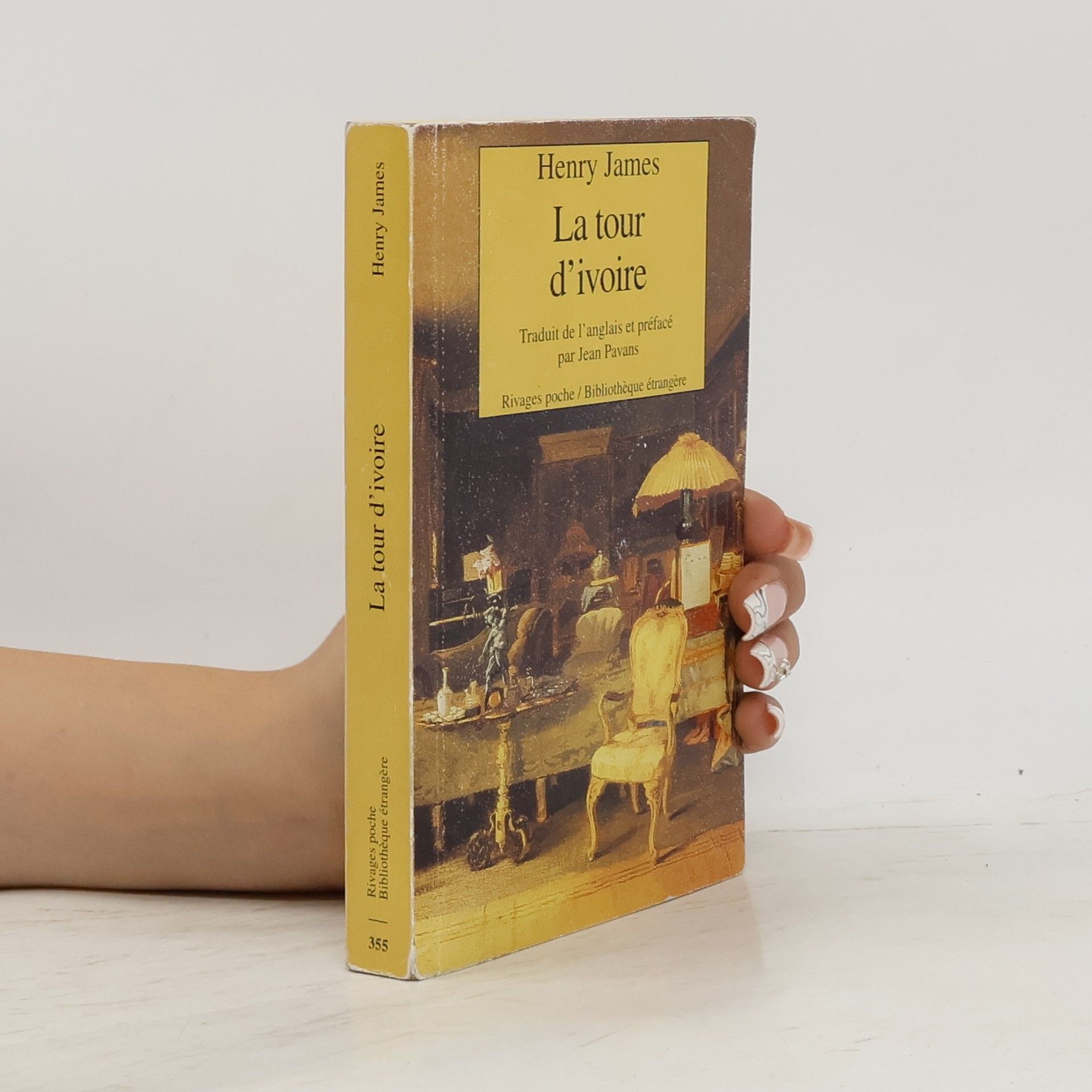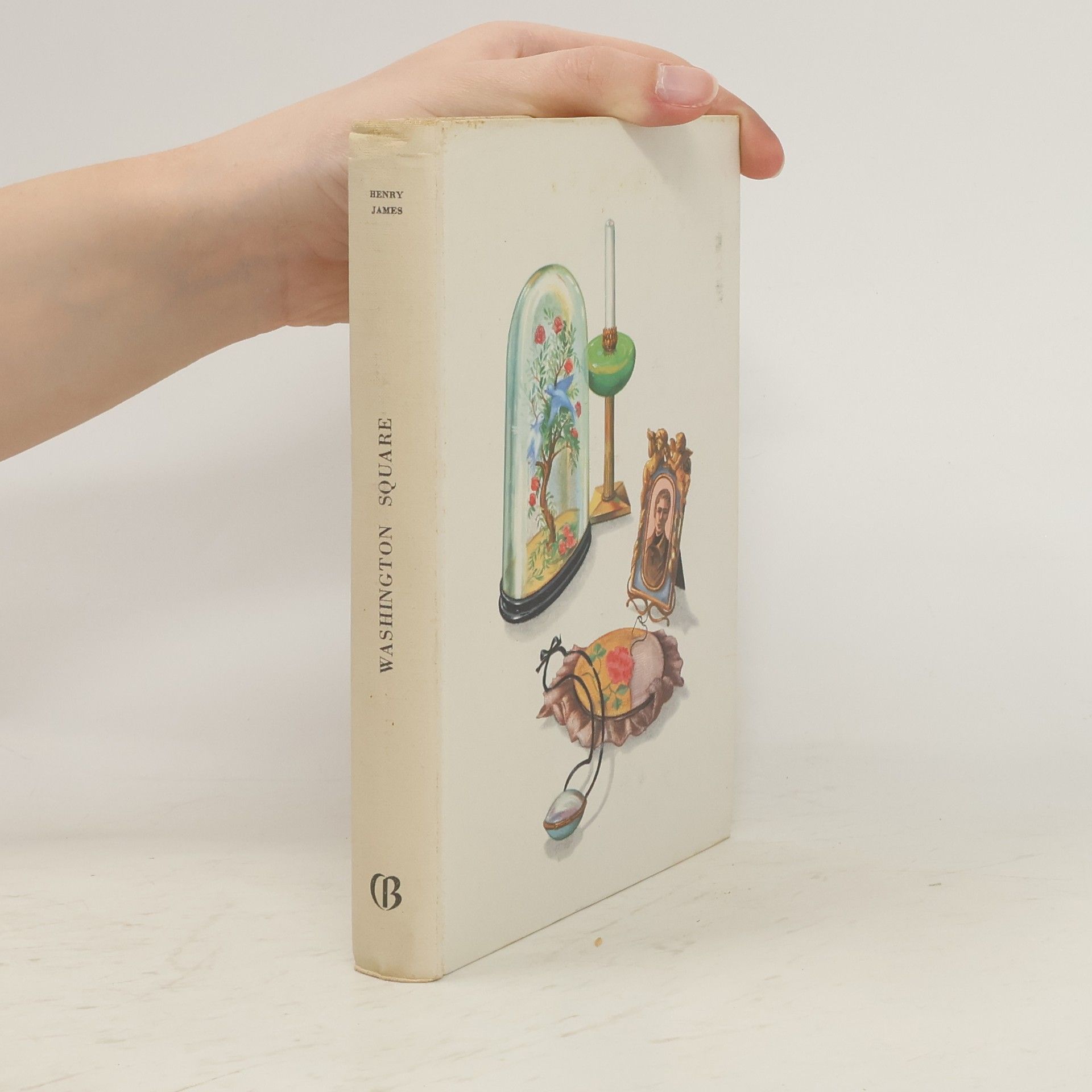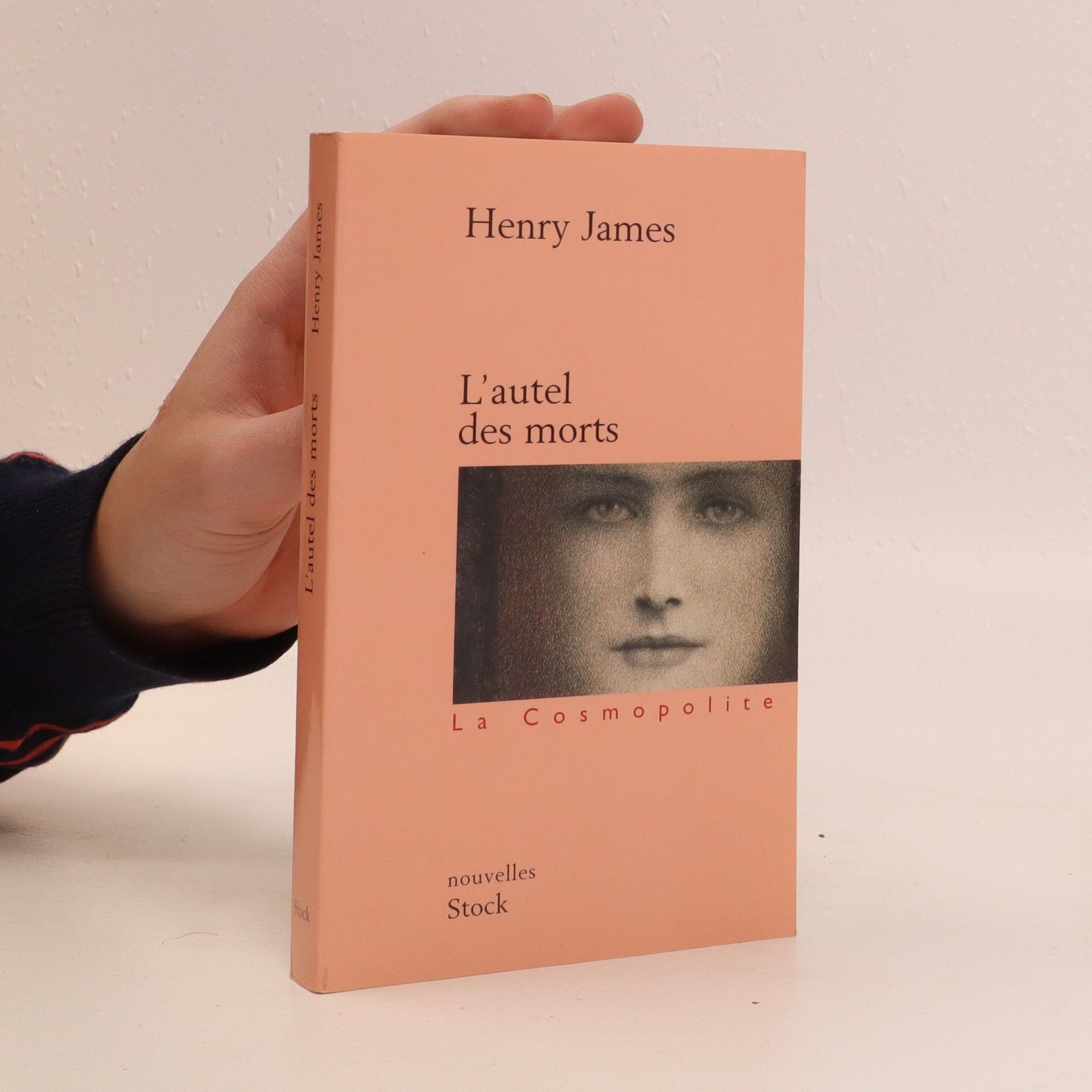La Coupe d'or
- 600pages
- 21 heures de lecture
La Coupe d’or (1904) met en scène un quatuor. Le financier américain Adam Verver écume la vieille Europe avec sa fille Maggie afin d’acheter des œuvres d’art. Parmi ses acquisitions, figure en quelque sorte le prince romain Amerigo, destiné à épouser Maggie. À Londres, où doit avoir lieu le mariage, Amerigo retrouve Charlotte Stant, une aventurière américaine qui a été sa maîtresse. Les retrouvailles de Charlotte et d’Amerigo se font chez des amis communs et ensemble, ils se rendent chez un antiquaire, afin que Charlotte y trouve un cadeau de mariage pour son amie Maggie. Son choix se porte sur une coupe de cristal, mais le futur mari s’oppose à l’achat, estimant que le cristal est fêlé, quoique la fêlure (la fêlure du mariage doré qui s’annonce) soit invisible. Après son union avec Maggie, Amerigo renoue avec son ancienne maîtresse en une relation adultère, facilitée du fait qu'Adam Verver, avec l'approbation et même les encouragements de sa fille, a de son côté épousé Charlotte. Ainsi, l’intimité de Maggie reste plus grande avec son père. Un hasard néanmoins l’informe de l'histoire de la coupe d’or, et elle soupçonne alors l’adultère. Sa décision est d’acheter la coupe pour la détruire et de convaincre son père de partir avec Charlotte pour l'Amérique, afin qu’elle-même reste seule en Europe avec son époux.
